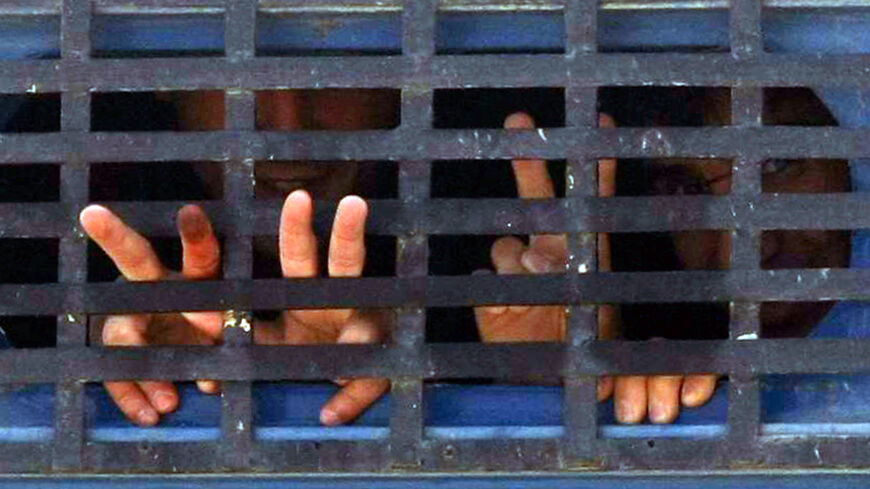Turning the key in an oversized padlock fastened to the doors of Diyarbakir prison in southeast Turkey Sunday, Justice Minister Bekir Bozdag said he was ending one of the darkest periods in the country’s history.
The imposing structure in the heart of the city — known for horrific human rights abuses in the 1980s and 1990s — is to reopen as a museum.
Bozdag said the new attraction would follow the examples of Yassiada, an island off Istanbul where government ministers were tried following Turkey’s 1960 coup, and Ankara’s Ulucanlar prison in becoming reminders of previous injustices.
Accepting the key from Bozdag, Culture and Tourism Minister Mehmet Nuri Ersoy said the museum would allow visitors to “learn from our past mistakes … so as not to repeat them in the future.”
According to the Mezopotamya news agency, the last remaining 270 prisoners were moved out just two weeks ago.
Some ex-prisoners and human rights campaigners fear the museum may gloss over the horrors committed within its walls.
“They want all the world to forget this prison,” said Celalettin Can, who spent some of his 20 years of political imprisonment in the jail. “They must tell people what happened.”
The prison was known as Diyarbakir Military Prison No. 5 in the years of military rule following the 1980 coup. In the months following the coup, the prison, located in the de facto capital of Turkey’s Kurdish-majority region, soon filled with mostly Kurdish leftists scooped up in the crackdown.
During the early and mid-1980s, prisoners were subjected to systematic torture including beatings, electric shocks, rape and sensory deprivation. The prison’s governor during this period, Esat Oktay Yildiran, reportedly trained his dog to bite prisoners’ genitals and forced them to salute the animal.
At least 57 prisoners died under torture over a two-year period in the early 1980s, according to the American Kurdish Information Network. Dozens more others are believed to have died in similar circumstances.
The prison has played a defining role in the Kurdish movement. Many Kurdish politicians such as Ahmet Turk, a former lawmaker and mayor, and Gultan Kisanak, who served as a legislator and mayor before she was jailed again in 2016, were imprisoned in Diyarbakir. They have been among those calling for the prison to be made into a “museum of shame” that tells the story of the human rights abuses carried out behind its steel gates.
The museum plans, however, may fall short of their expectations.
In a visit to Diyarbakir on Sunday, President Recep Tayyip Erdogan told a crowd of supporters that the prison building would serve as a venue for a library, culture and arts center as well as a museum.
Can, the former prisoner who is now the spokesperson for a human rights organization called the 78s Initiative, underlined the prison’s role in the collective memory of the Kurds.
“It is not possible to turn Diyarbakir prison into a cultural center, to say ‘Let’s forget,’ because of the multiple injustices suffered by the Kurds,” he said. “Diyarbakir prison has a special and critical importance in facing our truths.”
Calling for the prison be turned into a human rights museum, he added, “For justice and social peace, it is necessary to bring to the light of democracy those who destroy the democratic forces of this country, those who create and exist in this darkness, those who break people and destroy dignity, those who commit crimes against humanity.”
Meral Danis Bestas of the People’s Democratic Party questioned how the story of the prison would be told and pointed to allegations of ongoing abuses in the prison system.
“This atrocity is still relevant. While torture is still going on and bodies are coming out of prisons, what will be exhibited in this museum?” she said a news conference in Ankara Monday.
“Will Esat Oktay’s photograph or the deeds of his dog … be exhibited? What will be on display?” she asked. “Will the truth be confronted? Will the truth be revealed?”
Bestas thundered that the idea of a museum suggests the events exhibited are over. “It means that it is history,” she said. But “we are experiencing this brutality in the present, not in the past.”
By: Andrew Wilks
Source: Al – Monitor



